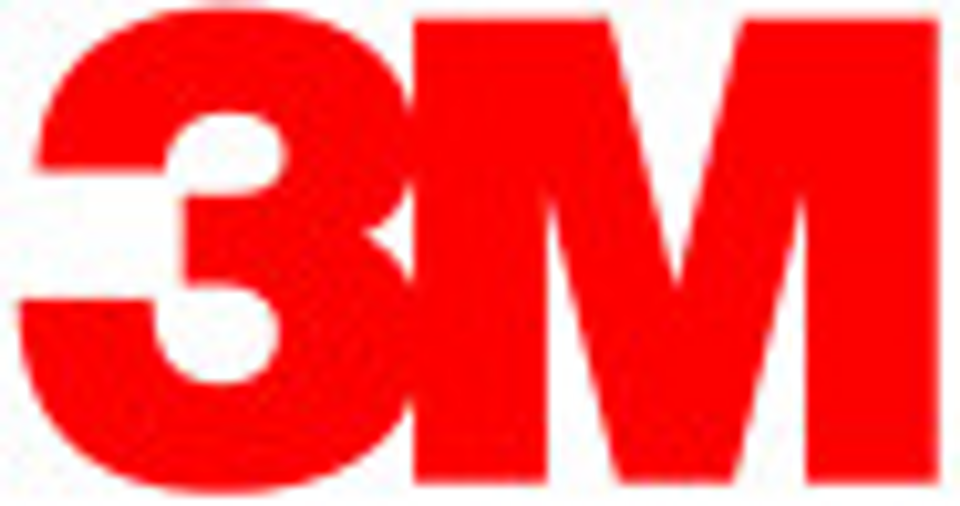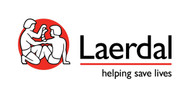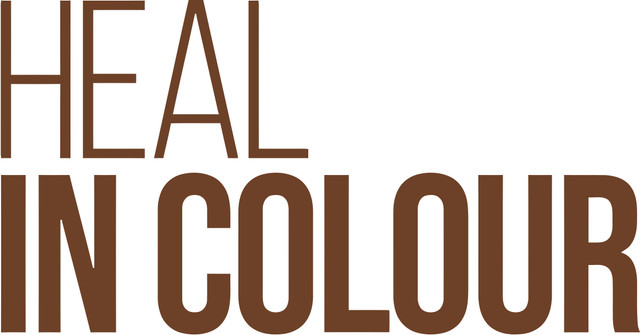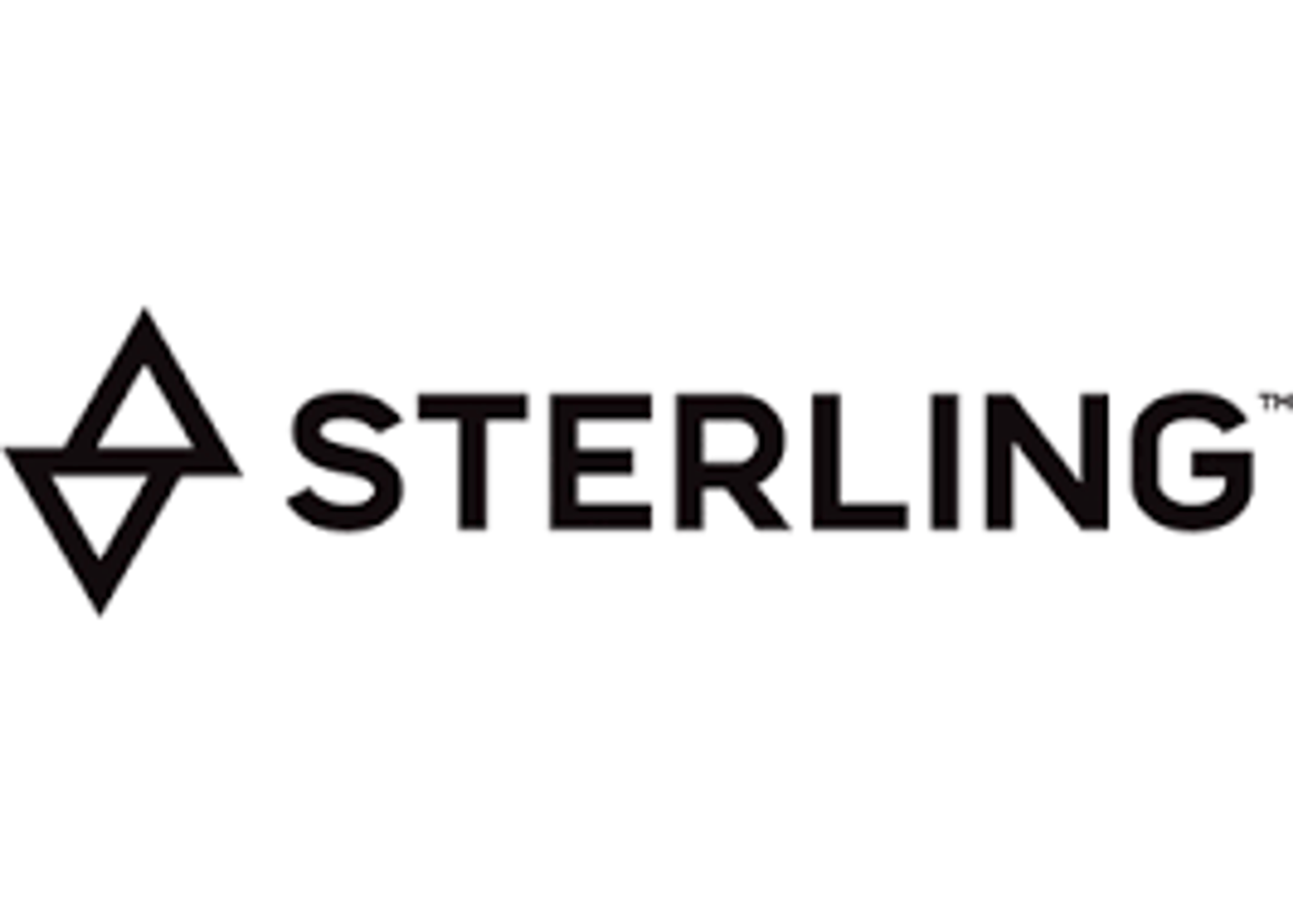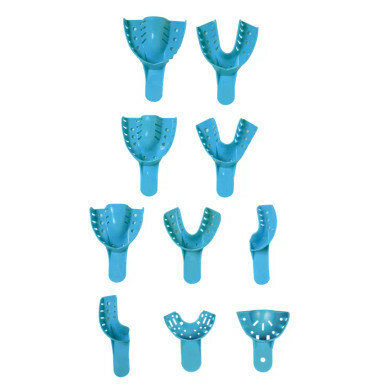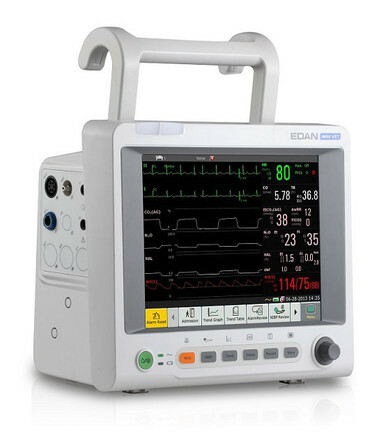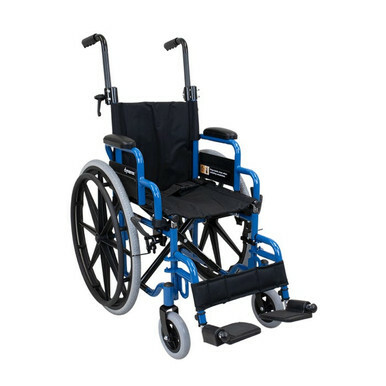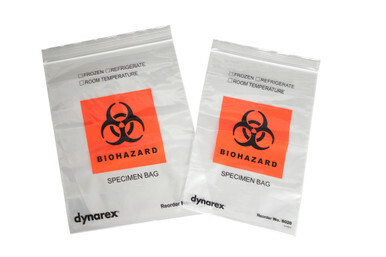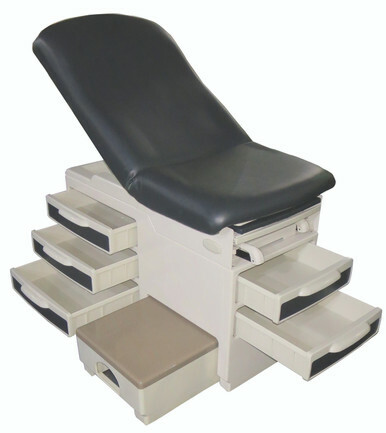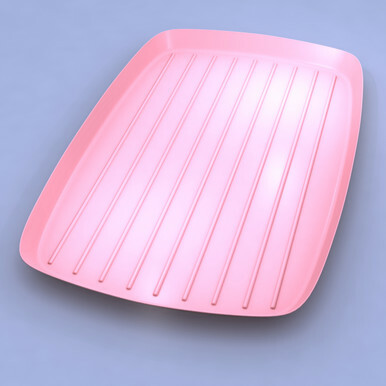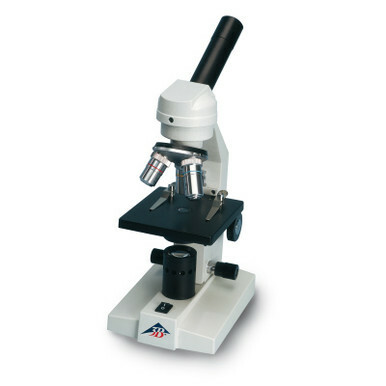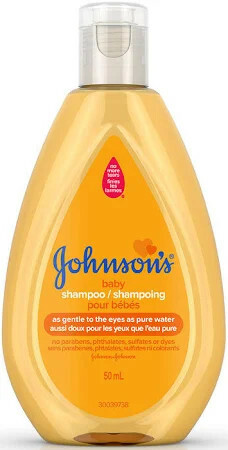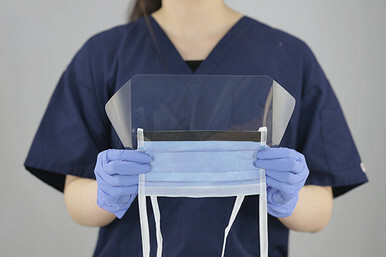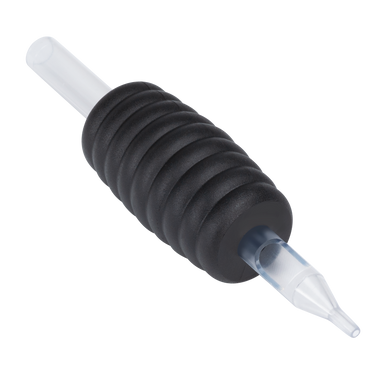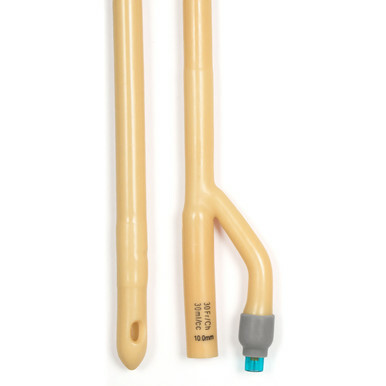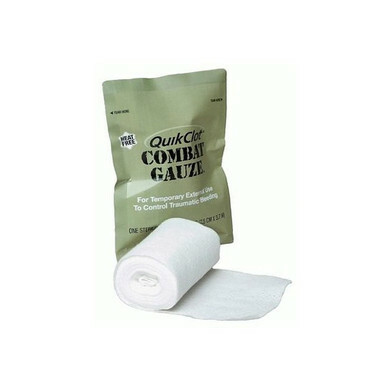The Essential Role of Medical Gloves in Healthcare
Posted by EMRN on 5th Sep 2023
Title: The Essential Role of Medical Gloves in Healthcare
Introduction
In the ever-evolving landscape of healthcare, where safety and hygiene are paramount, medical gloves stand as an unsung hero. These unassuming accessories play a pivotal role in safeguarding both patients and healthcare professionals from infections and cross-contamination. In this blog post, we'll dive into the world of medical gloves, exploring their types, benefits, and why they are an indispensable part of the healthcare arsenal.
Types of Medical Gloves
- Latex Gloves: Latex gloves have been a staple in the medical field for decades. They offer excellent tactile sensitivity and fit snugly on the hand, providing optimal dexterity. However, some individuals may be allergic to latex, which has led to the development of alternative materials.
- Nitrile Gloves: Nitrile gloves are an ideal alternative to latex, as they are hypoallergenic and suitable for those with latex allergies. They offer similar tactile sensitivity and are resistant to punctures and chemicals, making them a popular choice in various medical settings.
- Vinyl Gloves: Vinyl gloves are a cost-effective option, but they provide less elasticity and sensitivity compared to latex or nitrile gloves. They are typically used in low-risk environments where durability is less critical.
- Neoprene Gloves: Neoprene gloves are resistant to chemicals, oil, and other hazardous materials. They are commonly used in laboratories and other healthcare settings where chemical protection is needed.
Benefits of Medical Gloves
- Infection Control: Medical gloves create a barrier between the healthcare professional and the patient, reducing the risk of transmission of infectious agents. They are a vital part of infection control protocols, especially during procedures involving bodily fluids or open wounds.
- Protection for Healthcare Workers: Healthcare workers are exposed to various pathogens daily. Medical gloves protect them from exposure to bloodborne pathogens, infectious diseases, and potentially harmful chemicals.
- Improved Patient Safety: Patients undergoing medical procedures or examinations can rest assured that healthcare providers are using gloves to maintain a sterile environment. This instills confidence and promotes patient safety.
- Enhanced Dexterity: The development of gloves with better tactile sensitivity and fit ensures that healthcare professionals can perform delicate procedures with precision.
- Reduced Cross-Contamination: Changing gloves between patients or tasks helps prevent cross-contamination, which can be a significant concern in healthcare settings.
Proper Glove Usage
Using medical gloves effectively is crucial to maximize their benefits:
- Hand Hygiene: Always clean your hands before putting on gloves and after removing them to maintain a hygienic environment.
- Choosing the Right Glove: Select the appropriate type and size of glove for the task at hand. Consider allergies and the specific needs of your patients.
- Frequent Changes: Change gloves between patients, after touching potentially contaminated surfaces, and when they become visibly soiled or damaged.
- Proper Removal: Carefully remove gloves to avoid contamination. Grasp the outside of one glove with the other gloved hand and peel it off, then repeat with the other glove.
Conclusion
In the realm of healthcare, medical gloves are unsung heroes that silently protect patients and healthcare professionals from the perils of infections and cross-contamination. Their evolution, from traditional latex to modern nitrile and other materials, has only strengthened their role in maintaining sterile environments.
By understanding the types of gloves available, their benefits, and proper usage, healthcare providers can harness the full potential of these essential tools. Medical gloves are not just accessories; they are a critical component of quality patient care and infection control in the dynamic world of healthcare.

